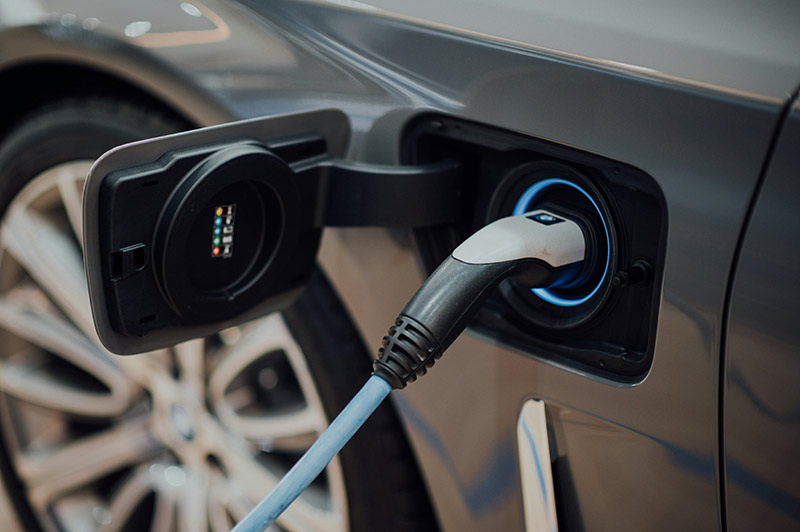
The Current State Of EV Manufacturing
Electric vehicle (EV) manufacturing has witnessed remarkable growth and transformation in recent years. As of 2024, the industry is experiencing rapid advancements driven by technological innovations, increasing consumer demand, and supportive government policies aimed at reducing carbon emissions.
Technological Advancements
One of the most significant developments in EV manufacturing is the improvement in battery technology. Lithium-ion batteries, the backbone of EVs, have seen enhancements in energy density, charging speed, and longevity. This has resulted in longer driving ranges and shorter charging times, addressing two of the primary concerns of potential EV buyers. Additionally, research into solid-state batteries promises even greater efficiency and safety, potentially revolutionizing the industry in the coming years.
Market Expansion
The EV market has expanded significantly, with major automakers like Tesla, Nissan, and Chevrolet being joined by traditional automotive giants such as Ford, General Motors, and Volkswagen. These companies are investing heavily in EV production and launching new models to cater to a broader audience. For instance, the introduction of more affordable EV options has made electric vehicles accessible to a wider demographic, thus boosting market penetration.
Government Policies and Incentives
Government policies worldwide are increasingly favorable towards EV adoption. Many countries offer incentives such as tax breaks, rebates, and grants to both manufacturers and consumers. Additionally, stringent emissions regulations are pushing automakers to accelerate their transition to electric mobility. Countries like Norway, the Netherlands, and China are leading in EV adoption, showcasing the effectiveness of strong policy support.
Challenges and Future Prospects
Despite the progress, the EV industry faces challenges, including the need for widespread charging infrastructure, supply chain issues, and the environmental impact of battery production. However, continuous innovation and investment in renewable energy sources for charging infrastructure are paving the way for a sustainable future. The collaboration between governments, manufacturers, and tech companies will be crucial in overcoming these hurdles and ensuring the growth and success of the EV market.
In conclusion, the state of electric vehicle manufacturing is dynamic and evolving, marked by technological breakthroughs, market expansion, and supportive policies. The industry’s future looks promising as it moves towards sustainable and efficient transportation solutions.